Critique of Pure Readymade
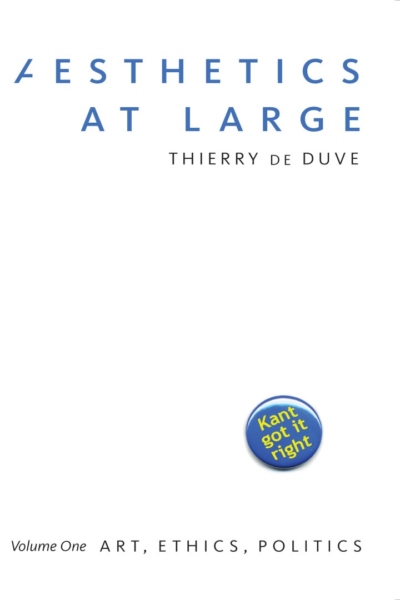
My aim is to evaluate the underlying claims in de Duve’s Kant after Duchamp. First, I raise concerns about his reliance on the unmodified readymade as a foundation for his post-Duchampian paradigm—the pure readymade is inconceivable as a work of art and thus could not satisfy the judgment, “This is art”—and second, I evaluate the validity of his treatment of the term art as a proper name or rigid designator, which elevates the objects to which art refers over the meaning of art.
Issue #32: Disparity/Anscombe/Autonomy

In “The Trouble with Disparity” Reed and Michaels critique the normative approach to politics today; Responses to Michaels on Anscombe and Art; Michael Fried on Thomas Struth’s Technology Photographs; Ken Warren on the poetics of BLM; Dani Follett on John Cage; and Nicholas Brown enters The Tank.
The Trouble with Disparity
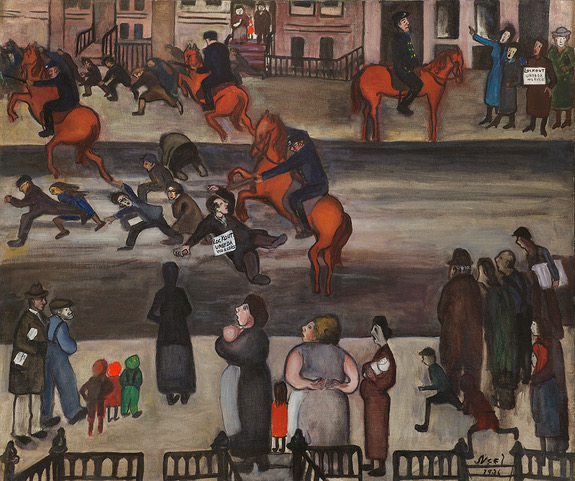
Every time racial disparity is invoked as the lens through which to see American inequality, the overwhelming role played by the increased inequality in the American class system is made invisible. And this is, of course, true on the right as well as the left—think of all the conservative commentators defending the police by invoking the spectre of black-on-black murder. And then think of the widespread agreement among criminologists that the Gini coefficient “predicts murder rates better than any other variable.” Conservatives who try to blame black crime on race and liberals who try to blame it on racism are both missing the point. If you want to distinguish between the left and the right, the relevant question is not what they think about race; it’s what they think when race is taken out of the equation.
Eyes Wide Shut: Anscombe/Action/Art
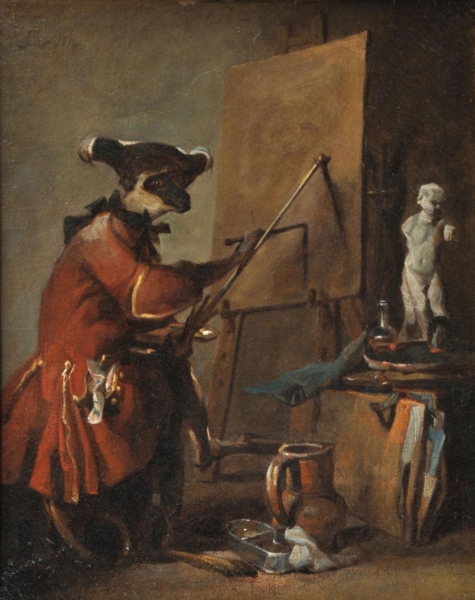
This would be, from the standpoint of literary theory, why Anscombe is helpful. What John Schwenkler calls her “fundamental disagreement” with the idea that “we find intentional activity whenever a person…causes something to happen” is a fundamental disagreement with the idea that we can think of a person’s intention as the cause of her acts, which is the idea that anti-intentionalists like Wimsatt and Beardsley and intentionalists like Nehamas and Landy have completely in common. So I disagree with Landy both on the utility of the postulated author and the irrelevance of Anscombe
Thomas Struth’s Technology Photographs
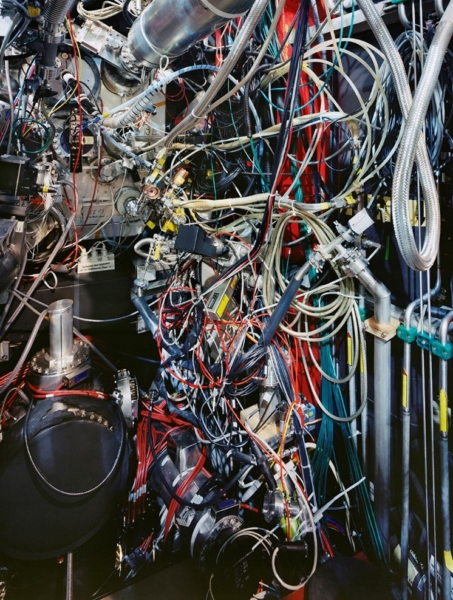
What I mean is the following: the technology photographs appear full of—in effect charged with—the evidence of human intentions. That is, we do not doubt for a moment that every wire, every length of tubing, every switch, diode, transistor, condenser, resistor, amplifier, oscillator, and voltage regulator…every electronic device and accessory however small and inconspicuous, was positioned where it is shown to be by a human agent or a team of human agents so as to bring about a nested series of specific outcomes. At the same time, equally crucial to my account, no matter how hard or closely or committedly one looks one is absolutely unable to grasp either the larger, overarching purpose of the tokamak itself…or for that matter the lesser, partial purposes of the individual devices and their connections.
Error, Intention, Contingency, Cage

I am thus arguing here for an expanded view of aesthetic intentionality that comprises both the intentional and the immediately unintentional aspects of a work, since all of these aspects participate in the fundamentally intentional act of making an artwork. And the unintentional aspects include both the intentionally unintentional ones such as Cage’s aleatory results and real world contingencies, and the unintentionally unintentional ones such as my accidentally getting red paint on the brush when I’d meant blue (and my keeping the red blotch anyway in the final painting). Whether the materials are controlled or not, the overall action is intentional, and this is true no matter how aleatory or indeterminate its elements. An aesthetic action has two inalienably intentional moments, the beginning and the end: the decision to begin it and the decision to accept everything in it (no matter how unexpected) by signing, publishing, performing or showing it.
The Poetics and Politics of Black Lives Matter
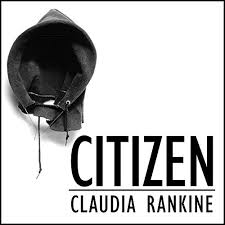
In order to show that race—which is to say, the confrontation with blackness—and not something else prompts the interaction, the poem’s early scenes happen within the domain of the professional managerial class. The salience of the assault, whether psychic or physical, depends on a prior sense of wellbeing among those who are reasonably well off. Rankine also notes that this sense of wellbeing is illusory—the “eternally stupid or everlastingly optimistic” outlook of highly successful black people who continue to play the game.” These assaults are not merely inconveniences but potentially life and death matters.
Autonomy: The Social Ontology of Art under Capitalism
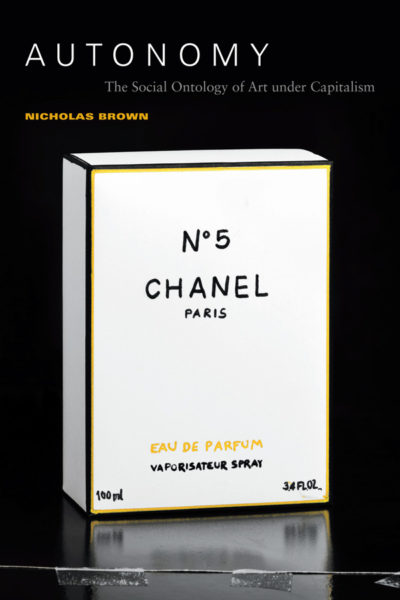
Autonomy names the fact not that artworks are free from external circumstances, but that precisely those external circumstances are actively taken up by works of art in ways that are irreducibly normative.
Art, Intention, and Everyday Psychology

My proposal, then, is that we interpret artworks in the light of intention, that magic feature that turns cardboard into a box, A Modest Proposal into something cunning, and a bag of trash into part of an installation. But that intention is a display-intention. When it comes to generic aims, such as “making a work of art,” we could perhaps make do, in many cases, with conception-intentions; but when it comes to specific projects, like that of raising questions about agency or the aesthetic, display-intentions are going to be indispensable. Further, the display-intention is that of the postulated artist, not that of the empirical maker.
Doing Art and Doing Other Things: On Michaels on Photography
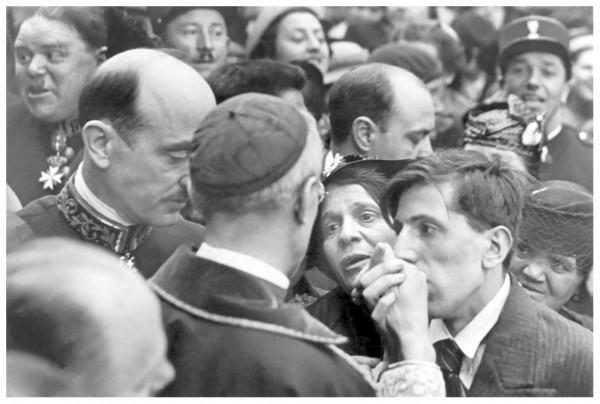
But there are many ways to be an intentionalist. Time is always limited, of course, but each of the various historical predecessors I sketched a moment ago offers distinct nuances, and mentioning them reminds us of the sheer variety of positions—about what’s possible, about where the challenges lie, about where the accent should go—that have been available to thinkers trying to understand intentions in a material world.
